Species Profile: The South Asian River Dolphin
The South Asian River Dolphin is the group term for 2 subspecies of endangered and ‘blind’ dolphins in parts of Asia.
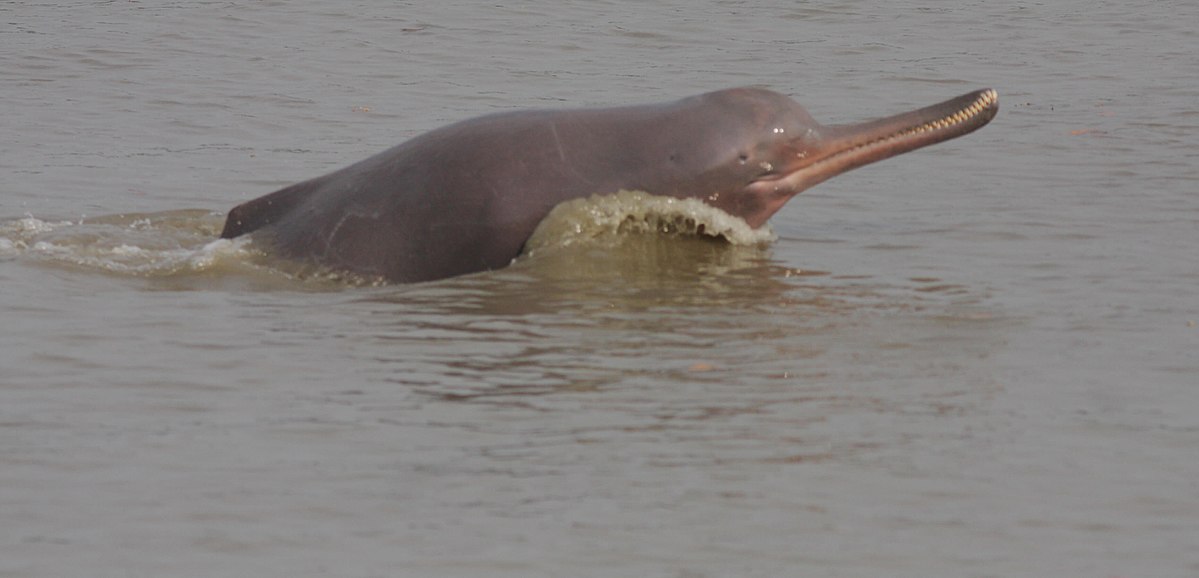
The South Asian River Dolphin refers to two variants of dolphins; the Ganges River dolphin and the Indus River dolphin.
Both dolphins are freshwater, or river, cetaceans typically found in India, Bangladesh, Nepal and Pakistan and split into two subspecies. As their names imply, the Ganges river dolphin is native to the Ganges and Brahmaputra Rivers, and their tributaries..
On the other hand, the Indus river dolphin is endemic in the Indus River in Pakistan and its Beas and Sutlej tributaries.
The South Asian river dolphin has a distinct and hard-to-miss elongated beak characteristic of all river dolphins. It has sharp pointy teeth that are visible in both its upper and lower jaws even when the mouth is closed. The body is brownish and stocky at the middle and they have just a small, triangular lump in the place of a dorsal fin.
This species lacks a crystalline eye lens; thus it’s functionally blind. Because of this trait, they rely on echolocation for navigation and hunting. However, they may be able to detect and respond to light.
Also, the South Asian River dolphin is unique among other cetaceans because it swims on its side and its cervical vertebrae is not fused, so it can flex its neck.
The Ganges River subspecies is recognized by the Indian government as its National Aquatic Animal. Similarly, the Indus river dolphin is the National Mammal of Pakistan. Furthermore, the Ganges river dolphin is the official animal of the Indian city of Guwahati.
The IUCN lists the South Asian River dolphin as an Endangered species.
1) Scientific Name
Platanista Gangetica Gangetica (Ganges River dolphin)
Platanista Gangetica Minor (Indus River dolphin)
2) Scientific Classification:
- Kingdom: Animalia
- Phylum: Chordata
- Class: Mammalia
- Order: Artiodactyla
- Family: Platanistidae
- Genus: Platanista
3) Life Expectancy
The oldest recorded individual was a 28-year old male.
4) Average/Maximum Length
Females are slightly larger at between 2.4 and 2.6 meters, while males measure from 2 to 2.2 meters in length.
5) Average/Maximum Weight
Averagely 84 kg (185 lbs).
6) Maximum Swimming Speed
They are fast swimmers like most other dolphins.
7) Interaction With/Danger To Humans
Both subspecies are not harmful to humans but human activities expose these animals to several perils. This is especially the case because their habitat is frequently used by humans too. Hence, they suffer much the same fate as other river dolphins like the Amazon River Dolphin and the Chinese White Dolphin.
Most of the problems they face include:
- Entanglement in fishing nets. In fact, this is a direct cause of significant loss to local population numbers.
- Several individuals are taken yearly and their oil and meat used for producing liniment and aphrodisiac. Also fishermen use them as bait for catfish.
- Irrigation for agricultural purposes has lowered water levels dangerously in both subspecies’ ranges.
- Continuous poisoning of the water supply from industrial and agricultural chemicals.
- Most pressing of all is the building of over 50 dams along the rivers. This causes population fragmentation and reduces the gene pool in which dolphins can breed. As a result, the dangers of inbreeding are increased.
At present, there are 3 recognized subpopulations of Indus dolphins that are considered capable of long-term survival if they are protected.
In response to the precarious position of these dolphins, India’s Ministry of Environment and Forests declared on 20 May 2013 that these dolphins are ‘non-human persons.’ Therefore, holding them captive for entertainment purposes is forbidden.
India has classified their dolphins as “non-human” persons. It is forbidden to hold them in captivity for entertainment.
8) Reproduction Details
They may breed all year round with peak periods between December to January and March to May.
Gestation is estimated at approximately 9 to 10 months with newborns measuring just 0.7 meters in length. Mothers wean their calves after one year, and they mature sexually at 10 years old.
9) Diet/Hunting Pattern of the South Asian River Dolphin
The South Asian river dolphin eats a variety of shrimp and fish, including carp and catfish. Its long slender beak and sharp, pointed teeth are well adapted for quick snapping action to capture fast prey.
These dolphins move about in pairs, on their own, or in loose pods. Although they don’t appear to form tight interacting groups like other dolphins.
10) Alternative Names
- Blind river dolphin
- Side-swimming dolphin
- Gangetic dolphin
- Ganges susu
- Indus blind dolphin
11) Population And Conservation Status
While the estimated numbers of the Ganges river dolphin could be anywhere from 2,000 to 4,000 individuals, that of the Indus river dolphin is not clear.
It is alarming to note that these dolphins face so much pressure that they are in danger of extinction throughout most of their native habitat. Because of the severe threats these dolphins now face, there are several conservation efforts in place to protect them. For example:
- International trade in both subspecies of the South Asian river dolphin is prohibited under Appendix I of the CITES.
- They are protected under the Indian Wildlife Act.
- The resident population in the National Chambal Sanctuary faces immediate danger from severe decrease in river depth and appearance of sand bars. These sand bars are dividing the river course into smaller segments. So, authorities propose to include designated dolphin sanctuaries and create additional safe habitats.
- In addition to the above, a stretch of the Ganges river has been declared a dolphin sanctuary and named Vikramshila Gangetic Dolphin Sanctuary (VGDS). It’s actually the world’s first dolphin sanctuary for the conservation of the Ganges River variant.
Both subspecies are listed by the IUCN as Endangered on their Red List of Threatened Species. Fortunately, in recent years, their numbers in Pakistan have increased.
Most threats to the South Asian River dolphin are directly related to human activities.
12) Ancestry And History
There’s been a lot of debate about the classification of the South Asian river dolphin. And that debate continues to date.
Originally, scientists classified them as one species. But that changed in 1971 when they observed the differences in skull structure and blood proteins of the Indus subspecies. Even then, that separation was not unanimously accepted. Thus they remain subspecies of the species “Platanista Gangetica.”
The variants in Nepal, India and Bangladesh are classified as Platanista Gangetica Gangetica. While those in the Indus River in Pakistan are Platanista Gangetica Minor.
13) Distribution And Habitat
As mentioned before, they are native to the freshwater river systems located in Nepal, India, Bangladesh, and Pakistan.

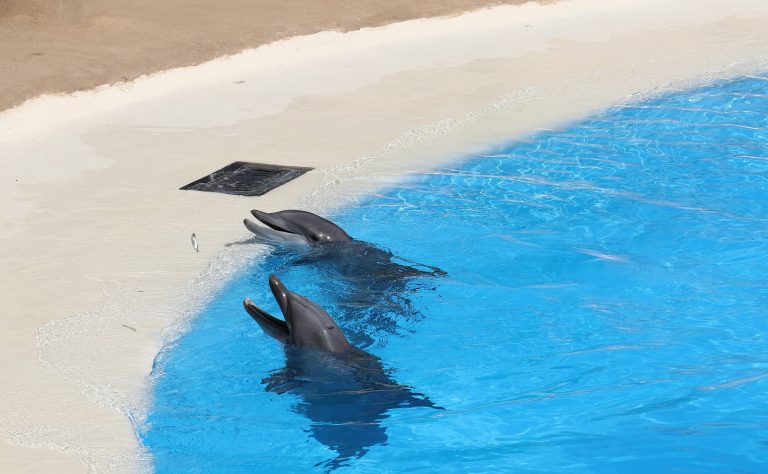
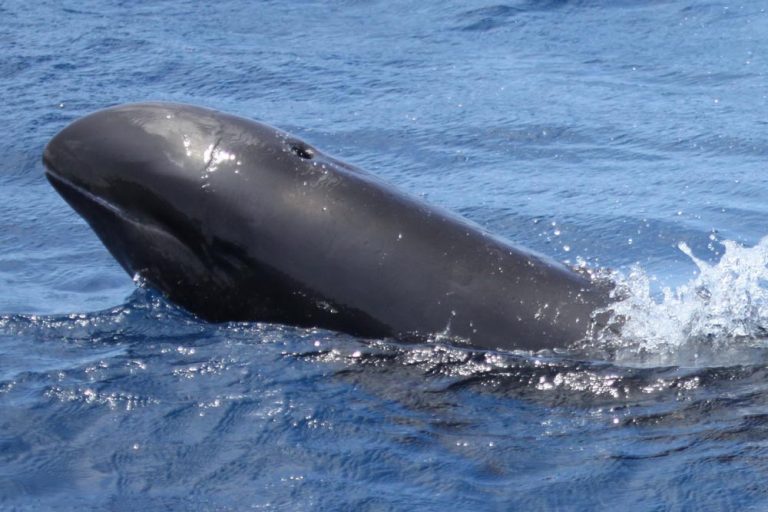

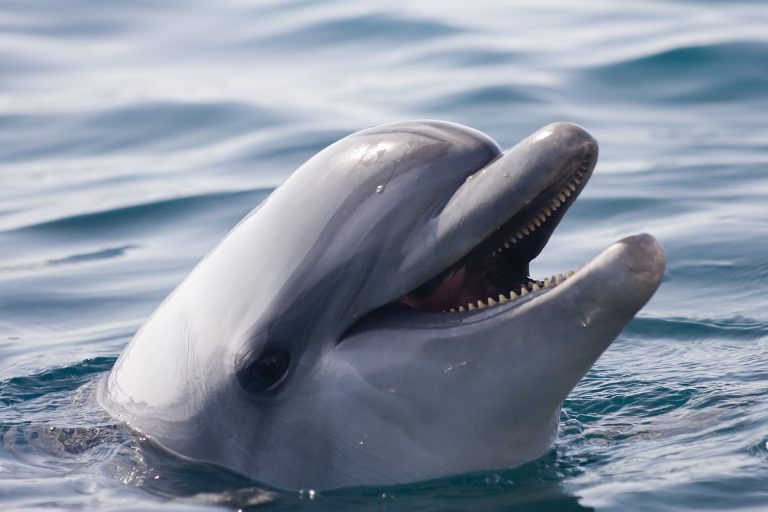

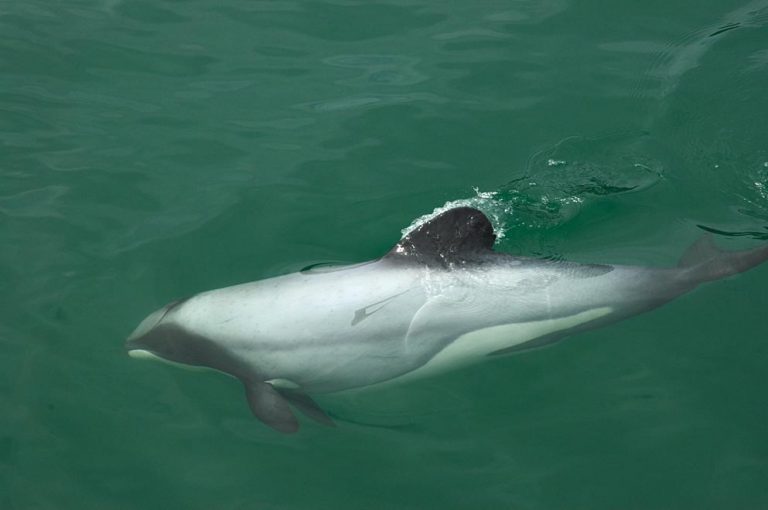
I am glad that India has taken action to protect these dolphins.